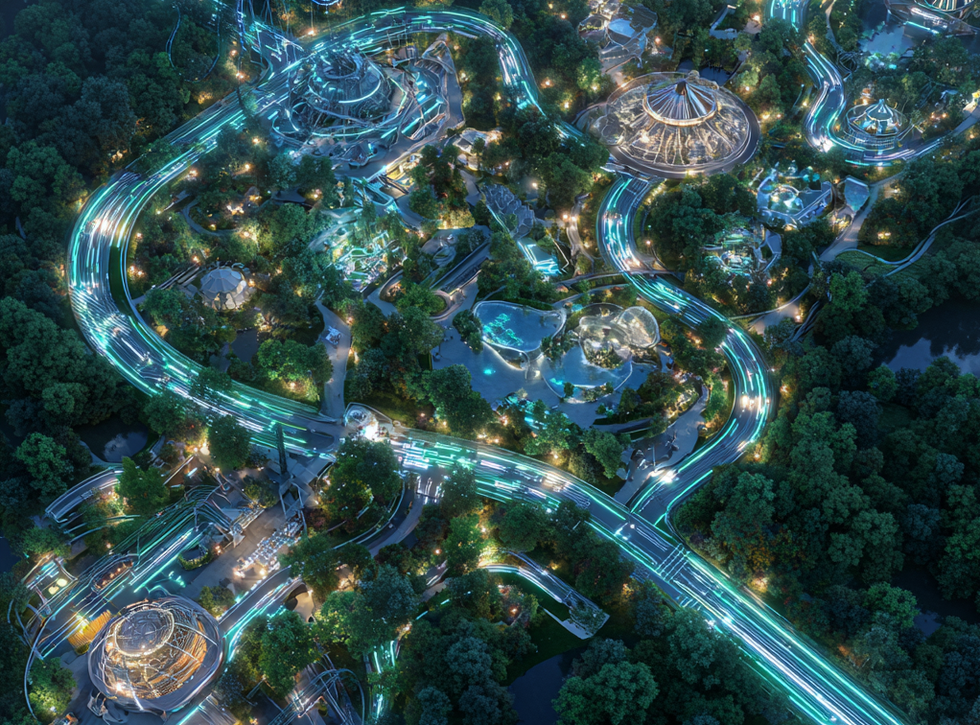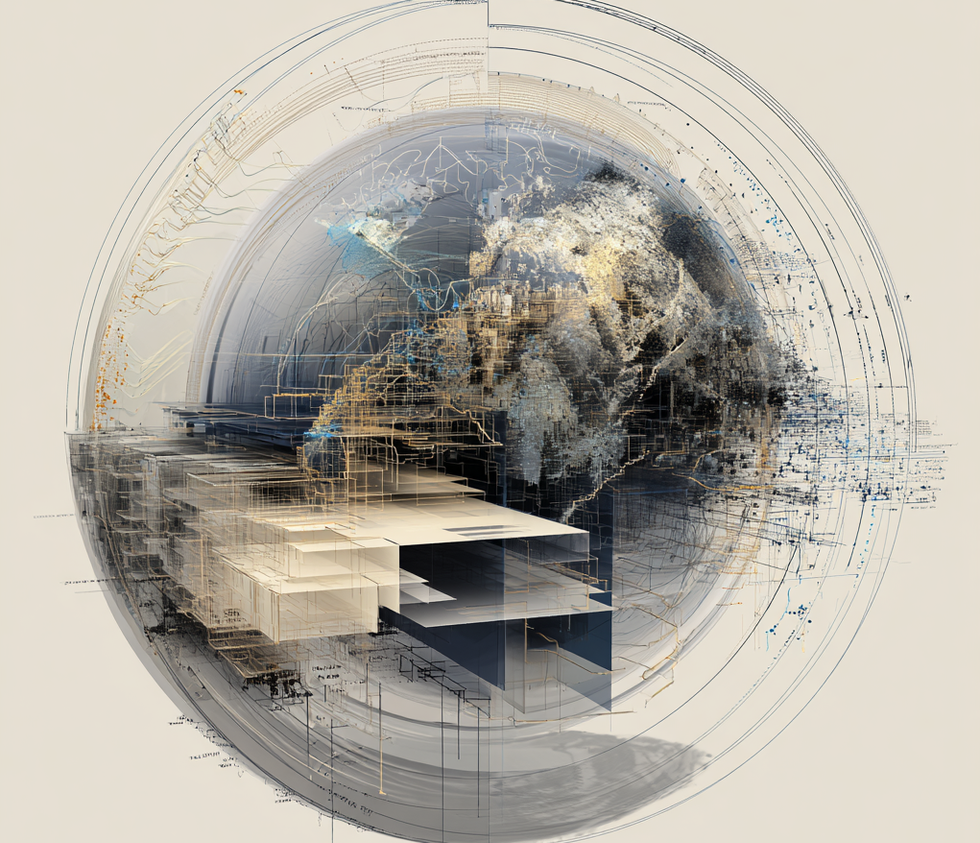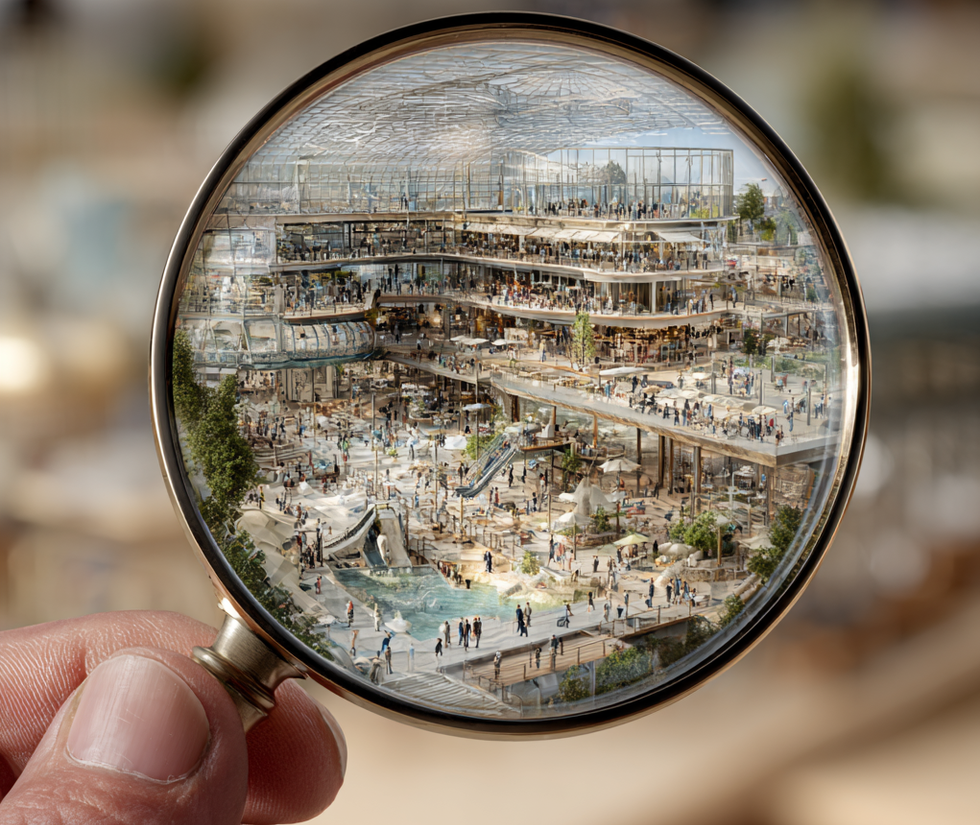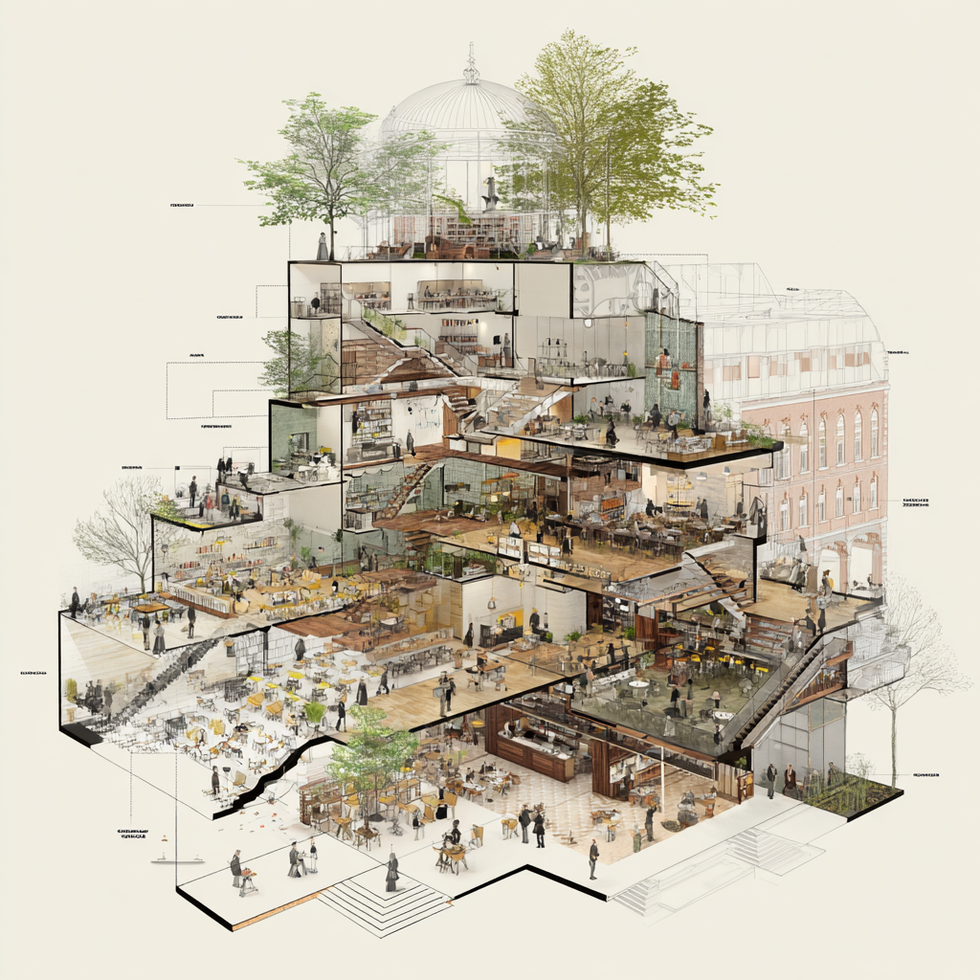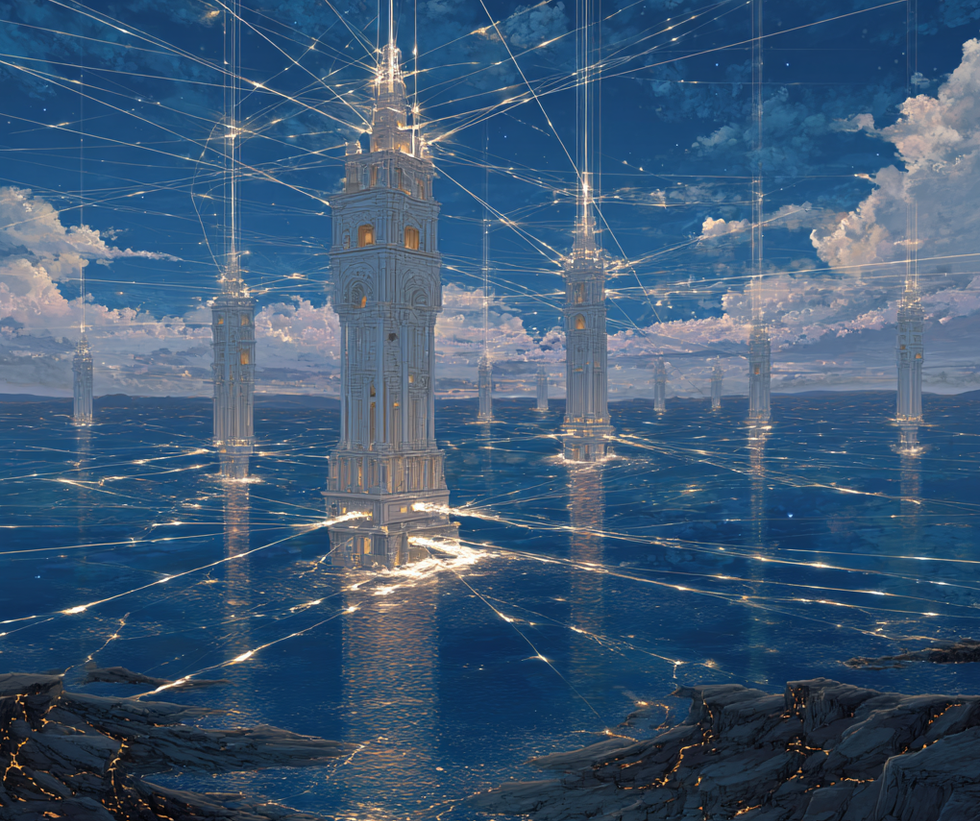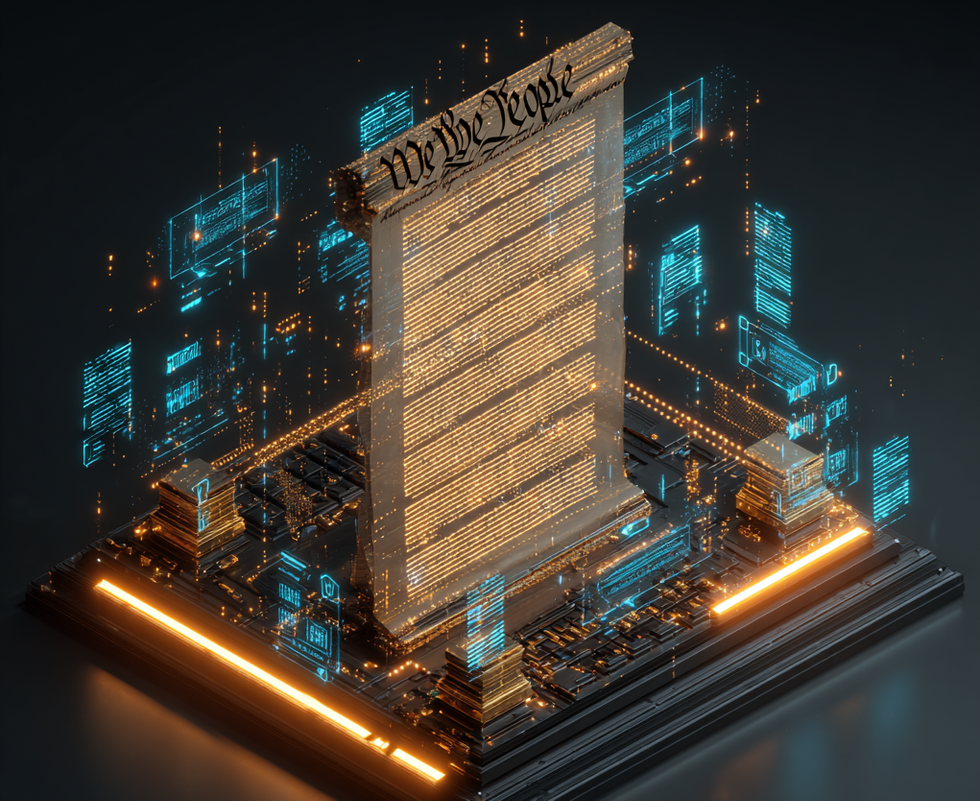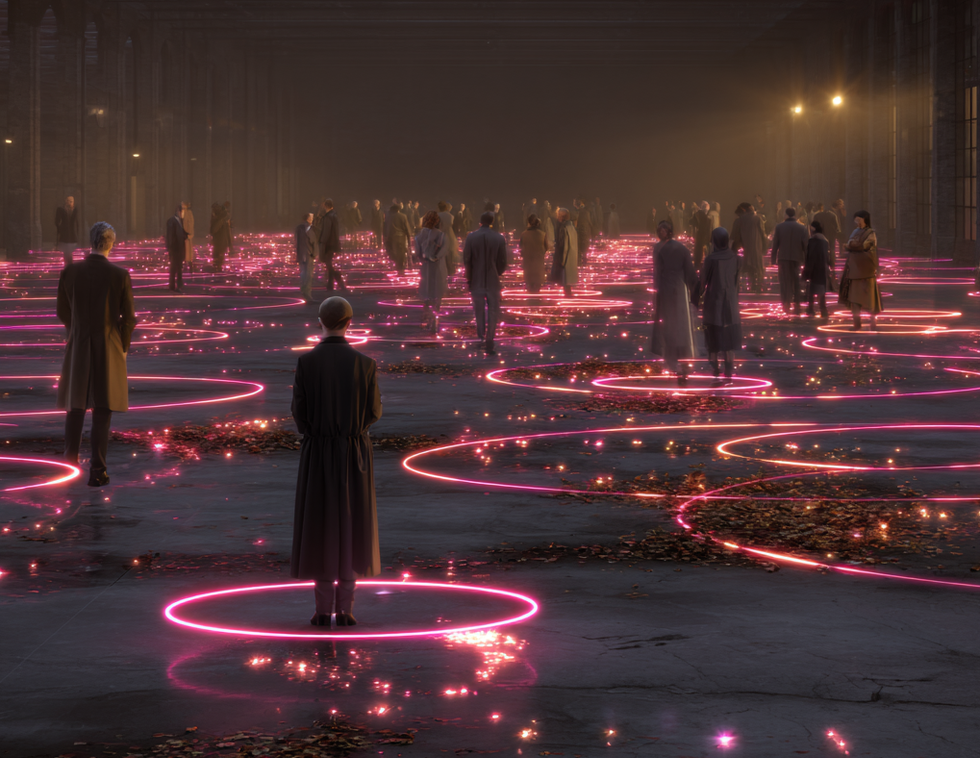by Maris Ensing, Mad Systems
As visitor expectations rapidly evolve, hyper-personalization is quickly shifting from luxury to necessity.
Mad Systems has pioneered a patented AI-driven infrastructure that makes individualized visitor experiences practical, scalable, and seamless—delivering greater loyalty, inclusivity, sustainability, and privacy by design. This article explores how advanced personalization is becoming essential infrastructure across industries from museums and theme parks to smart cities and global mega-events.
1. The hyper-personalization imperative
Audiences today no longer settle for one‑size‑fits‑all content. From a museum gallery or immersive retail store to a mega-destination like Neom or Expo 2030, visitors now expect experiences that react in real-time to their individual preferences, language, and accessibility needs.
Analysts estimate the global “personalized travel and experiences” market at roughly $169 billion in 2025, rising toward $300 billion by 2030. A simple truth powers that growth. The better an attraction knows each guest, the more engaging and memorable the visit becomes.
Indeed, nearly half of consumers report they are more likely to become repeat customers after a personalized experience. This underscores how personalization drives loyalty.
Headquartered in Orange, California, Mad Systems has spent years engineering an AI-driven infrastructure that turns hyper-personalized visitor engagement into a daily reality.
Mad’s AV++ platform unites advanced AV, IT, and artificial intelligence in a patented stack comprising QuickSilver, TeaParty, CheshireCat, LookingGlass Concierge, Alice, Alice OnBoard, Lory, Caterpillar, LifeSaver, and more.
It delivers friction-free, visitor-specific media in real time across museums, theme parks, corporate lobbies, cruise ships, smart cities, and other demanding environments. Mad Systems has identified 40+ verticals where this technology is a shoo-in.
AI engines recognize each guest, adapt content instantly to match their preferences, and harvest data that powers continuous improvement, enabling venues to treat every visitor personally while operating at enterprise scale. This California innovation is fast becoming the invisible backbone of next-generation visitor experiences.
Partnering with Mad Systems provides immediate access to this proven technology, backed by a robust patent portfolio and a straightforward license to operate.
2. How the platform works
At the core is our patented platform. This uses an array of recognition technologies to create a secure digital fingerprint for each guest. Cameras and sensors can perform facial recognition, color/object recognition, license plate ID, and other detection methods ranging from RFID and NFC to geo-location to uniquely identify visitors and correlate them with vehicles or companions.
This digital identifier then triggers a cascade of adaptive behaviors that personalize the experience moment-to-moment for that individual:
Museum/Gallery
Exhibits can instantly switch to the visitor’s preferred language, tailor the depth of information and vocabulary to an appropriate age level, or enlarge text for low‑vision users.
An interactive kiosk might recognize a returning museum member and automatically load content matching their interests. Depending on owner-controlled settings, a second visit can deliver different content, stimulating return visits to the venue.
Theme Park
A theme park can recognize a family as they enter, without the need for manual ticket scans. Ride photos and videos from their previous visit could be accessible. Relevant special offers or itinerary tips can pop up on their phones in real time. (In fact, Universal parks have begun piloting facial recognition at entry gates to create a more seamless check-in.)
Quick-Service Restaurant
A drive-thru can identify a loyalty customer’s vehicle on arrival and dynamically present the menu items that fit their known dietary preferences or past orders. For example, using a mix of license plate and facial recognition, a digital menu board could greet the driver by name and highlight a favorite order or applicable coupon. This makes service faster and more personal, even in a fast-food context.
Smart City or Expo
In a smart city district or large expo, planners can dynamically guide foot traffic by sending personalized, context-aware directions or content to visitors’ devices. If one path is overcrowded, the system can route an individual via an alternate scenic route in their preferred language. This helps to minimize congestion and wait times.
At a world’s fair, an AI concierge might recognize a guest at a kiosk and print a custom map with only the pavilions matching that guest’s interests.
Importantly, these same building blocks extend across industries. The QuickSilver ecosystem is designed to be vendor-neutral and modular. So, the very same platform can power hyper-personalization in retail stores, corporate briefing centers, trade shows, or digital signage networks. This unified approach enables operators to precisely serve every visitor using a single, cohesive system, rather than a patchwork of siloed apps and devices.
In short, any place where people gather can become a responsive environment that treats each person uniquely.
3. ESG and IDEA: more than buzzwords - instead inclusive, sustainable innovation
Mad Systems approaches Environmental, Social, and Governance (ESG) goals in tandem with Inclusion, Diversity, Equity, and Accessibility (IDEA). These principles are not afterthoughts but core to the design of our technology platform.
The QuickSilver AV ecosystem - including CheshireCat recognition, Alice AI-driven media, Alice Avatars, and the Lory personal tour guide - was conceived from the ground up to deliver hyper-personalized experiences that advance IDEA goals while simultaneously supporting ESG commitments.
In practice, this means no trade-offs between inclusion, sustainability, and ethics. Instead, each reinforces the other in a visionary approach to experience design.
3.1 Environmental – sustainable, efficient experiences
Mad Systems also advances the environmental dimension of ESG through technology-driven sustainability gains. By leveraging digital media delivery and intelligent infrastructure, we help eliminate waste and reduce energy usage in visitor experiences.
For instance, personalized digital wayfinding and e-guides can replace the need for printed maps, brochures, and signs. When each guest can receive a custom itinerary or exhibit content on their phone or dynamic screens, venues no longer need to produce stacks of paper guides (which often end up discarded).
This not only saves trees but also ensures that information is always up-to-date, eliminating the need for reprinting. Likewise, interactive digital signage (powered by QuickSilver) can adapt to different languages and contexts on the fly. Therefore, it reduces the need for redundant displays and static panels.
In terms of energy and resource efficiency, the QuickSilver platform is built for leaner, greener operations. Unlike traditional AV systems that were often bulky, power-hungry, and frequently replaced, QuickSilver’s modern design emphasizes energy efficiency and longevity.
It utilises a flexible combination of wired/wireless hardware. This simplifies installations and reduces power consumption by running only the necessary components when needed. QuickSilver was designed with a sustainability mindset. It significantly reduces the overall carbon footprint of an AV installation by consuming less energy and remaining compatible with new tech so that hardware doesn’t have to be scrapped and replaced as often.
Older systems might require rip-and-replace upgrades every few years (contributing to electronic waste in landfills). In contrast, QuickSilver’s future-proof, open architecture extends equipment life and adapts to new requirements without major overhauls.
This translates to less electronic waste over time and a smaller environmental impact from the venue’s operations. Additionally, Mad Systems’ integrated control software (TeaParty) can intelligently manage exhibit power usage. For example, it can turn off or dim installations during low-traffic times to avoid needless energy burn.
The overall effect is that embracing high-tech personalization does not mean paying an environmental cost. On the contrary, our clients often reduce resource usage while enhancing guest engagement.
By removing paper materials, minimizing energy draw, and optimizing device utilization, Mad Systems helps cultural institutions and attractions meet their sustainability targets as an inherent benefit of modernizing their visitor experience.
3.2 Social Impact – hyper-personalization for inclusion & equity (IDEA)
On the social front, Mad Systems’ hyper-personalization directly furthers IDEA objectives by ensuring every visitor enjoys an inclusive, equitable experience tailored to them. The system adapts content in real-time based on each guest’s identity and needs. This includes language, age, mobility, sensory preferences, delivery preferences, and learning style.
For example, the platform can greet visitors in their own language and deliver content in their preferred format. A Japanese tourist and an English-speaking child at the same exhibit each hear the story in a form tailored for them.
Exhibits themselves become responsive. If the system detects that a visitor is very tall, very short, or uses a wheelchair, it can automatically adjust a touchscreen’s height for easy use. And, if it identifies a non-English speaker, it will instantly show subtitles or play a translated narration.
This level of real-time adaptation makes every interaction welcoming and relevant, meeting people where they are. QuickSilver’s flexible, open infrastructure was specifically developed to support such multi-lingual and equitable experiences at scale. So, venues can offer truly universal design rather than a one-size-fits-all approach.
In practice, this personalized inclusivity extends across multiple sectors without requiring any special gear or segregation of audiences:
Museums & attractions
A visit can transform into a hyper-personalized tour for each guest. CheshireCat recognition works seamlessly with Alice and Lory to deliver content tailored to each visitor’s profile, from streaming audio descriptions to a guest’s hearing aids, to displaying captions or sign language on nearby screens or their device, and even delivering narrative to a braille reader.
An adult might receive detailed scientific commentary. Meanwhile, a child, alongside them, gets a fun, cartoon-illustrated narrative of the same exhibit, each in their preferred language. The result is that families, school groups, and individuals all engage deeply at their own level. And no one is left out.
Theme parks & entertainment
In parks, zoos, and themed attractions, the system identifies groups (e.g., via facial recognition or RFID wristbands) and knows when people belong together. This allows it to deliver age-appropriate stories or ride content to children and richer details to adults, synchronized so everyone shares the moment.
It also enhances safety and equity. If a child wanders away, staff can be alerted immediately. Even things like digital ride tickets can be resent to a guardian’s device if they get separated. Every guest, from thrill-seekers to those with mobility impairments, receives an experience tailored to their needs and enjoyment.
Smart cities & public spaces
In smart city implementations such as airports and transit hubs, Mad Systems provides an inclusive wayfinding and services for diverse populations. The system can greet travelers by name on digital signage. It can also present directions or announcements in each person’s preferred language (and font).
A tourist from abroad sees transit information in their native language. Meanwhile, a local receives updates in English, all on the same network of displays. If someone has mobility challenges, the system can even direct them along an accessible route through the venue.
Such real-time personalization makes cities and public spaces more navigable, equitable, and welcoming for everyone.
Retail & hospitality
In retail stores, restaurants, and hotels, hyper-personalization means a more inclusive customer service experience.
For instance, a returning customer who opts in might be recognized when they pull into a drive-through or walk through the door, allowing the digital menu or kiosk to instantly adjust, greet them, recall their past favorite order, or suggest options that respect their dietary needs and preferences.
In hotels or cruise ships, guests can be identified upon arrival. Then, services shift to their preferences (room controls preset to their comfort, or staff alerted to assist in their language). Every interaction becomes more convenient and personally considerate, no matter the guest’s background or abilities.
Stadiums & live events
At stadiums, arenas, and live events, personalized inclusivity elevates the spectator experience for everyone. The system can instantly identify ticket holders or groups through facial recognition or RFID-enabled passes. Thus, automatically providing tailored services and real-time content.
Fans might receive customized commentaries delivered directly to their personal devices. Perhaps a detailed play-by-play for serious sports enthusiasts, or simplified and entertaining explanations for younger attendees. It can even deliver accessible formats such as sign language, captioning, or audio descriptions streamed seamlessly to their hearing aids or assistive devices.
Enhanced wayfinding and safety measures ensure spectators with mobility needs receive optimal route guidance. At the same time, personalized promotions, loyalty rewards, or merchandise suggestions strengthen engagement.
The result is an unforgettable event experience, enjoyed individually yet shared collectively. This ensures everyone feels welcome, included, and part of the excitement.
Meeting guests where they are
Crucially, delivering these inclusive experiences does not burden visitors with extra devices or complexity. Mad Systems’ technology leverages what guests already have (or the smart environment itself) to reach them.
The Lory Tour Guide delivers content directly to each visitor’s own smartphone or tablet, even streaming audio to Bluetooth-enabled hearing aids, supporting audio, text captions, sign-language video, and more, without the need for a special handheld receiver.
Alice OnBoard enhances this by turning visitors’ phones into fully AI-powered personal guides. By connecting via the venue’s Wi‑Fi and launching in a web browser (after scanning a QR code or RFID token), AliceOnBoard instantly delivers personalized stories in real time, tailored by language, age, interests, and accessibility needs for over 200 languages, matching ADA and WCAG2.2 guidelines.
There is no app download and no proprietary hardware required: AliceOnBoard runs seamlessly over existing networks with minimal setup. Lory complements it by interfacing with emerging accessibility technologies, such as electronic braille readers or hearing aids. This ensures deeply inclusive engagement.
Mad’s CaterPillar guidance system for visually impaired visitors inherently works with QuickSilver, or indeed the Alice AI-based media delivery system.
See also: Walk the moon with a digital astronaut: how avatar expert docents could reimagine guided tours
Together, they empower visitors to receive tours, city info, or exhibit commentary in the format that suits them best. All using devices they already carry. By removing barriers and embracing familiarity, the system makes real‑time personalized engagement frictionless and equitable for everyone.
Mad Systems’ mantra remains: “personalization = inclusion”. Diversity is celebrated and equity achieved by design.
3.3 Governance – privacy & ethics by design
Advancing inclusion through hyper-personalization is powerful. However, Mad Systems also recognizes that data privacy and ethics are paramount. This is where the governance aspect comes in. Our approach is privacy-by-design: the system delivers bespoke experiences while rigorously safeguarding personal data.
All recognition and personalization processes run entirely on secure local servers at the venue, not in the cloud. CheshireCat uses optical recognition and other sensors to identify visitors in about half a second or less. But rather than storing any facial images or personal details, it immediately converts everything into anonymous encrypted “digital fingerprints”.
No photos, names, or raw personal identifiers leave the premises. In fact, the system supports an “anonymous recognition” mode. So, even the linkage between a face and a name is not retained if the visitor prefers. This means guests can remain effectively anonymous while still benefiting from personalized services.
All a museum or park ever sees is something like “Visitor #42 (preferences: English language, likes dinosaurs, needs wheelchair access)”. No sensitive identity information is exposed, and no images are stored on the system.
By engineering the platform in this manner, Mad Systems enables institutions to meet the highest standards of governance and digital ethics. The system inherently complies with privacy regulations and builds public trust, removing the tradeoff between personalization and privacy.
Even as it orchestrates an individualized, adaptive experience, the platform keeps each visitor “completely anonymous and protected”. For decision-makers, this means they can embrace cutting-edge AI personalization without fear of violating privacy principles or compromising data security.
It’s a win-win. Guests get the tailored, inclusive treatment they desire, and venues uphold their governance commitments through transparent, privacy-first design. Mad Systems provides detailed oversight and control over data usage (with opt-in mechanisms for visitors). This ensures ethical governance is maintained at every step alongside innovation.
In part two, Maris Ensing will explore how hyper-personalization technology creates richer human connections and a healthier planet, as well as how it will support the mega-projects of tomorrow.


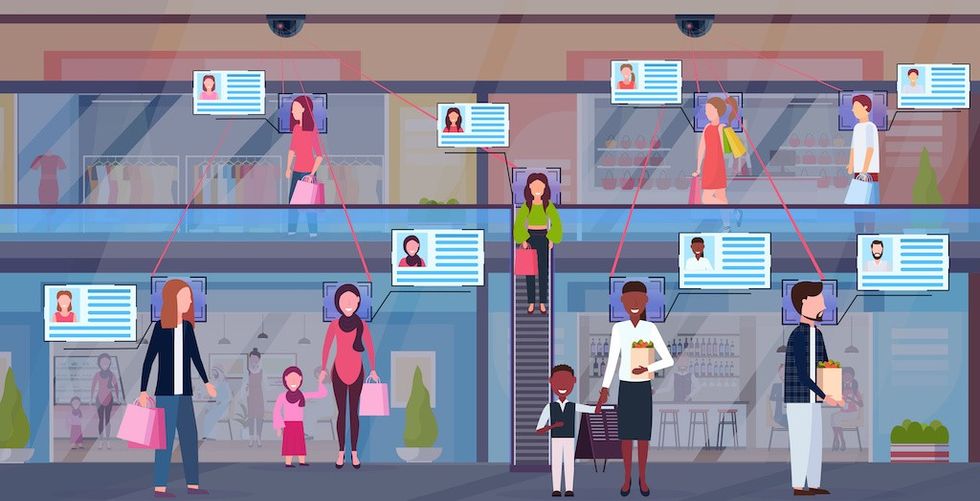
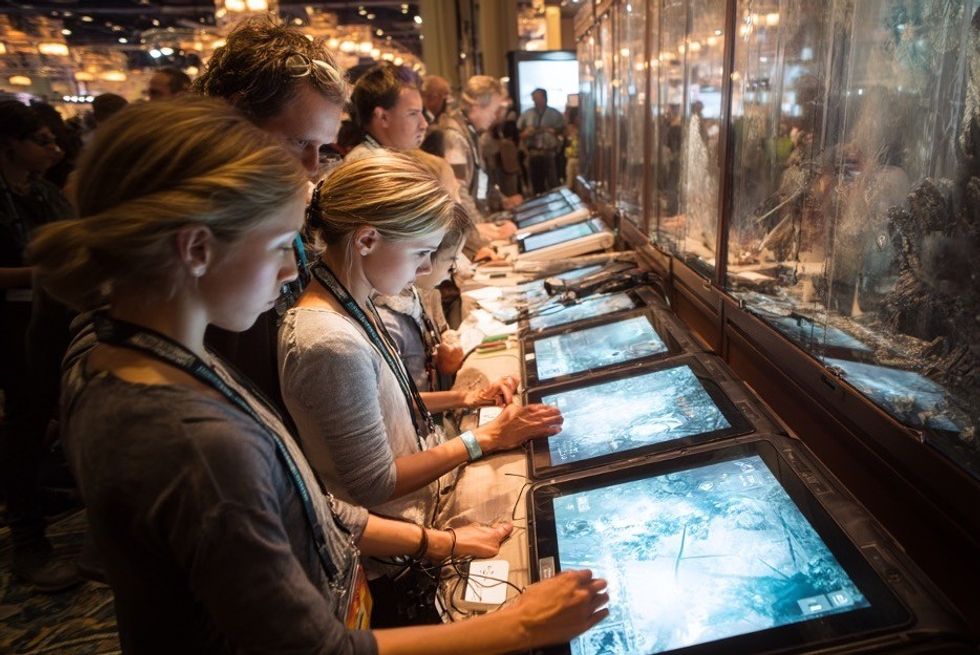






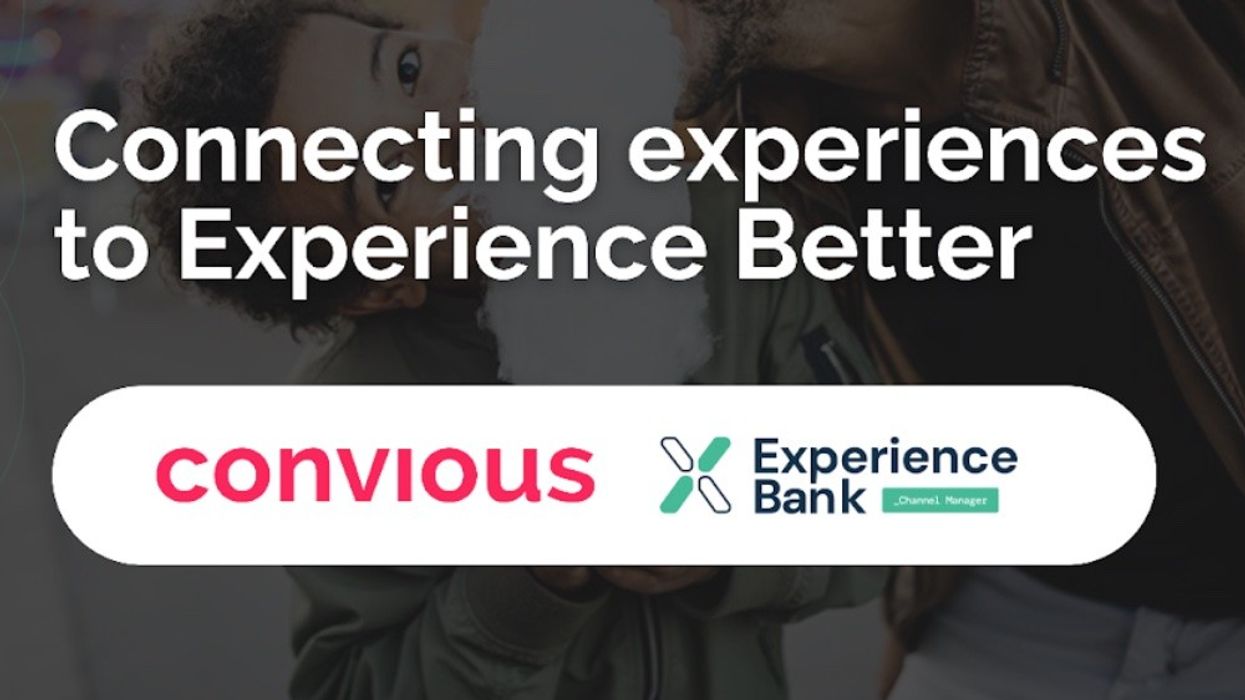
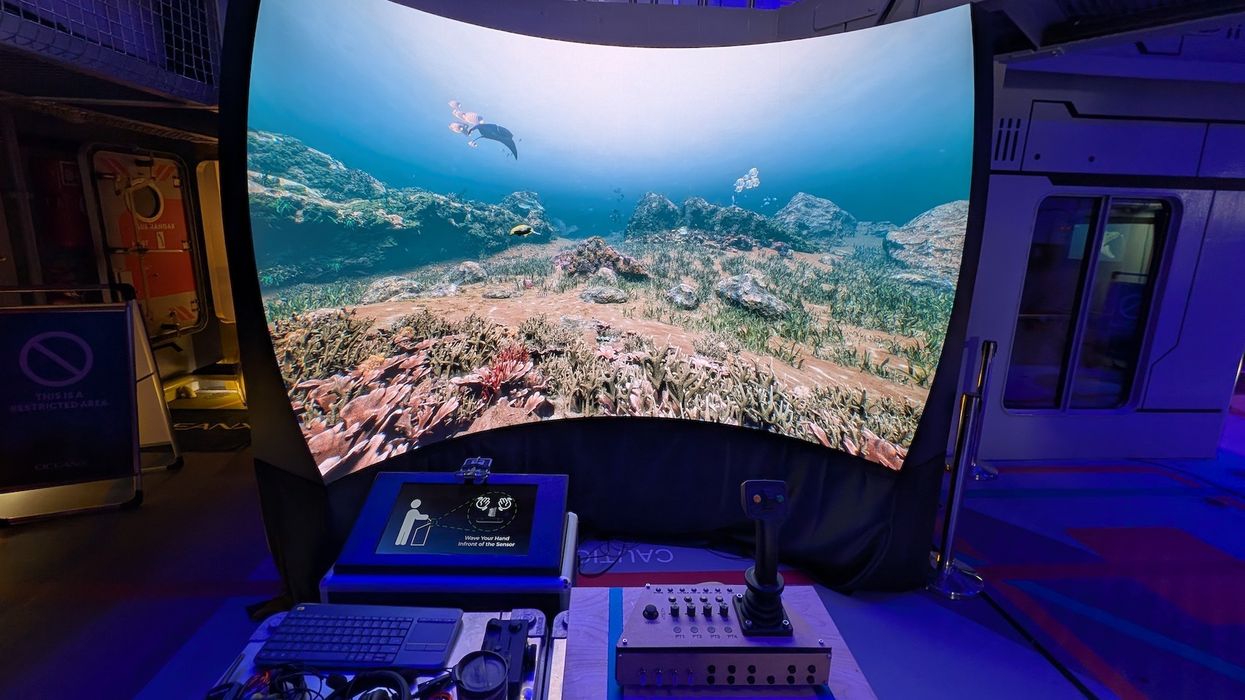

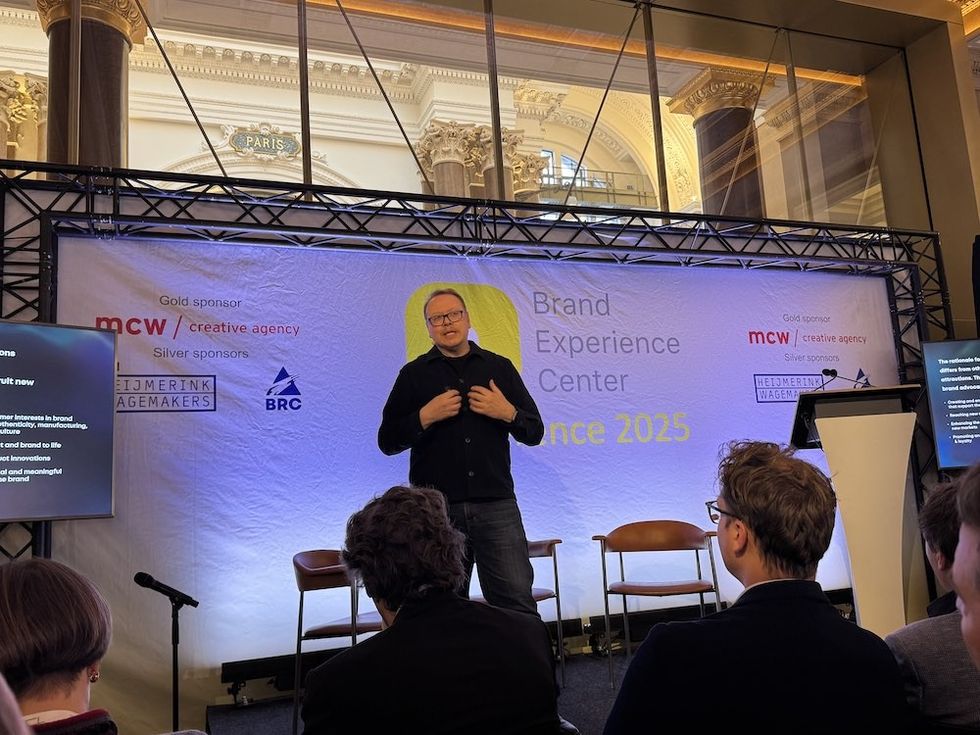 Christian Lachel, chief creative officer, BRC Imagination Arts
Christian Lachel, chief creative officer, BRC Imagination Arts  Image credit AA+W - stock.adobe.com
Image credit AA+W - stock.adobe.com Chocoversum Image credit Sebastian Fuchs
Chocoversum Image credit Sebastian Fuchs 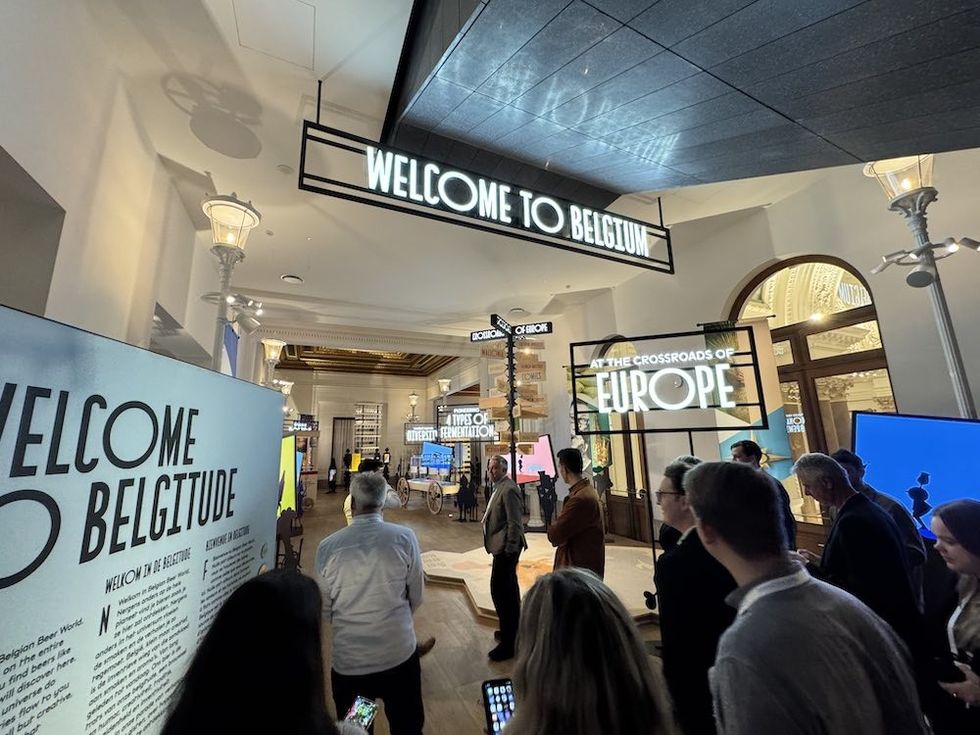 Belgian Beer World
Belgian Beer World 
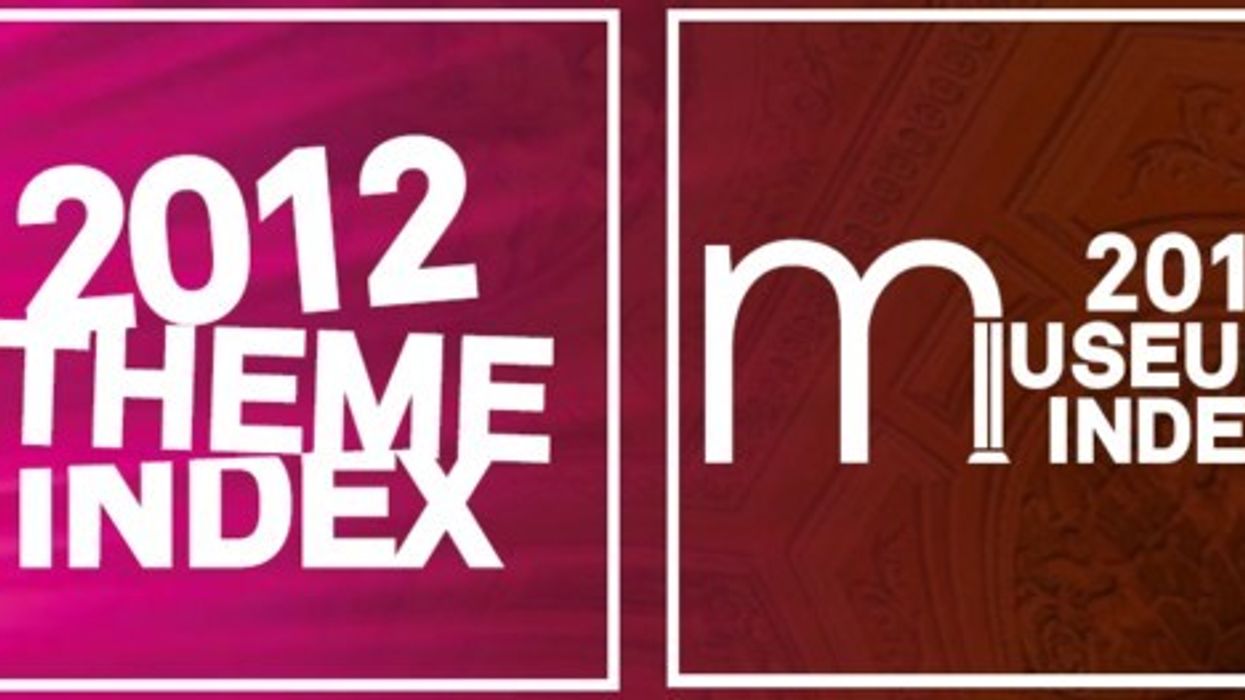
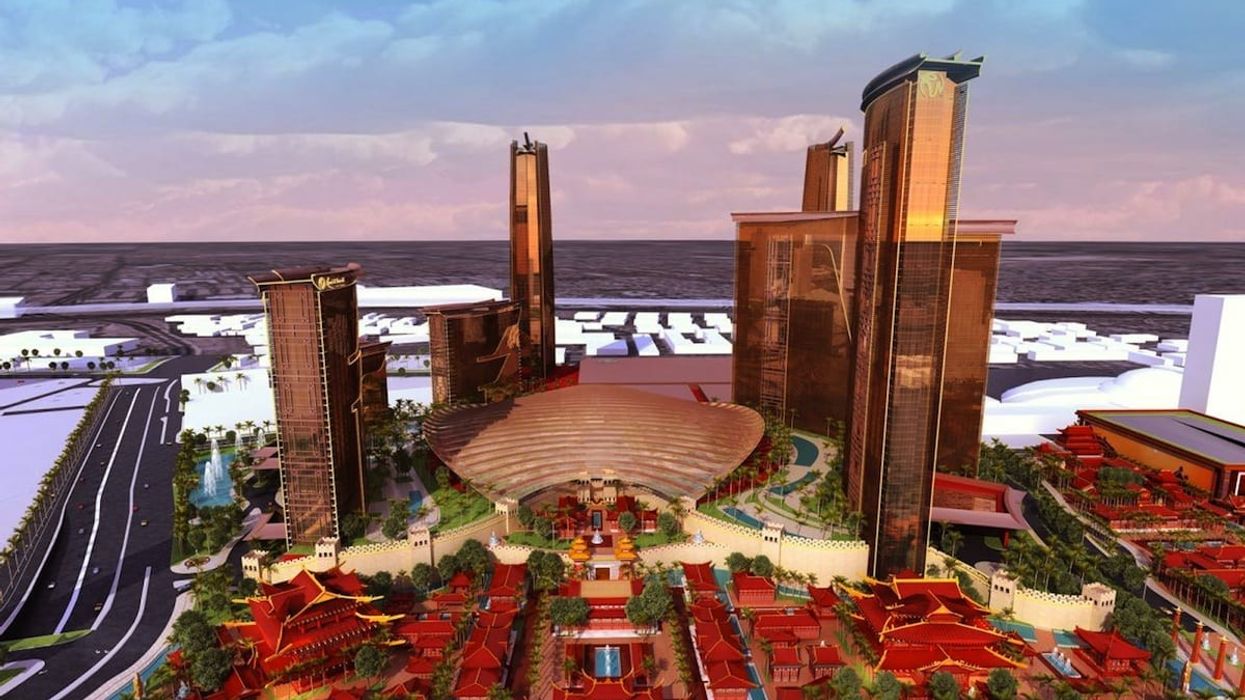
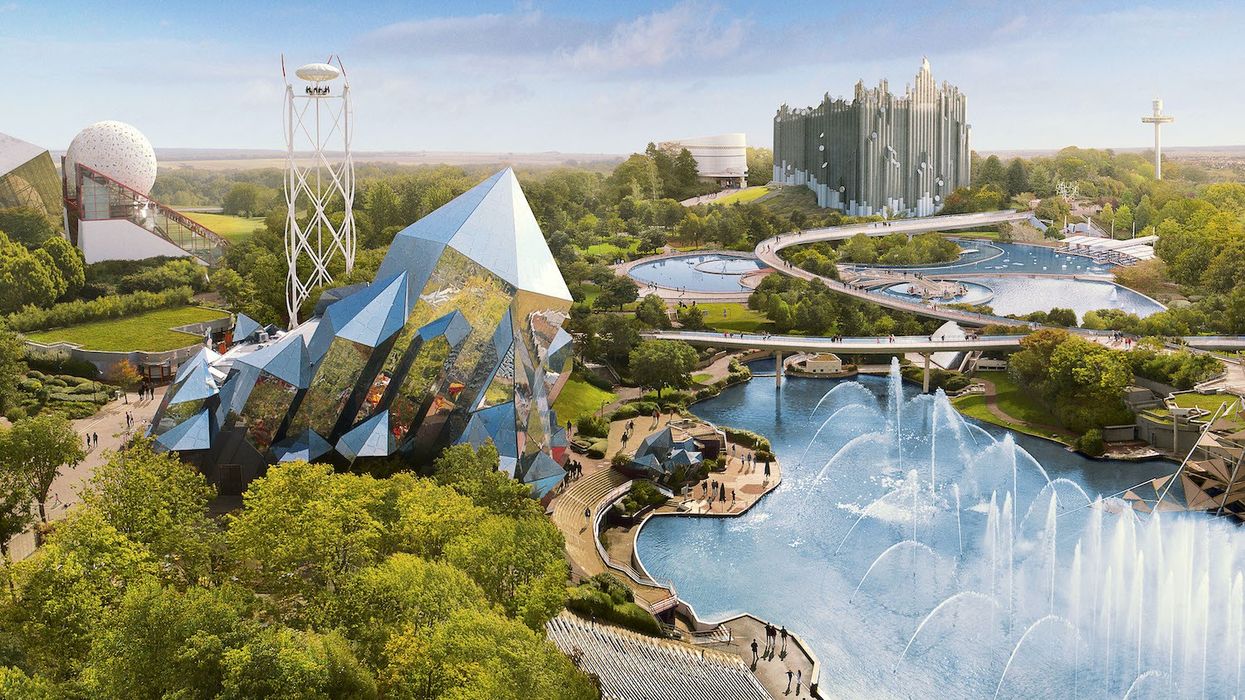
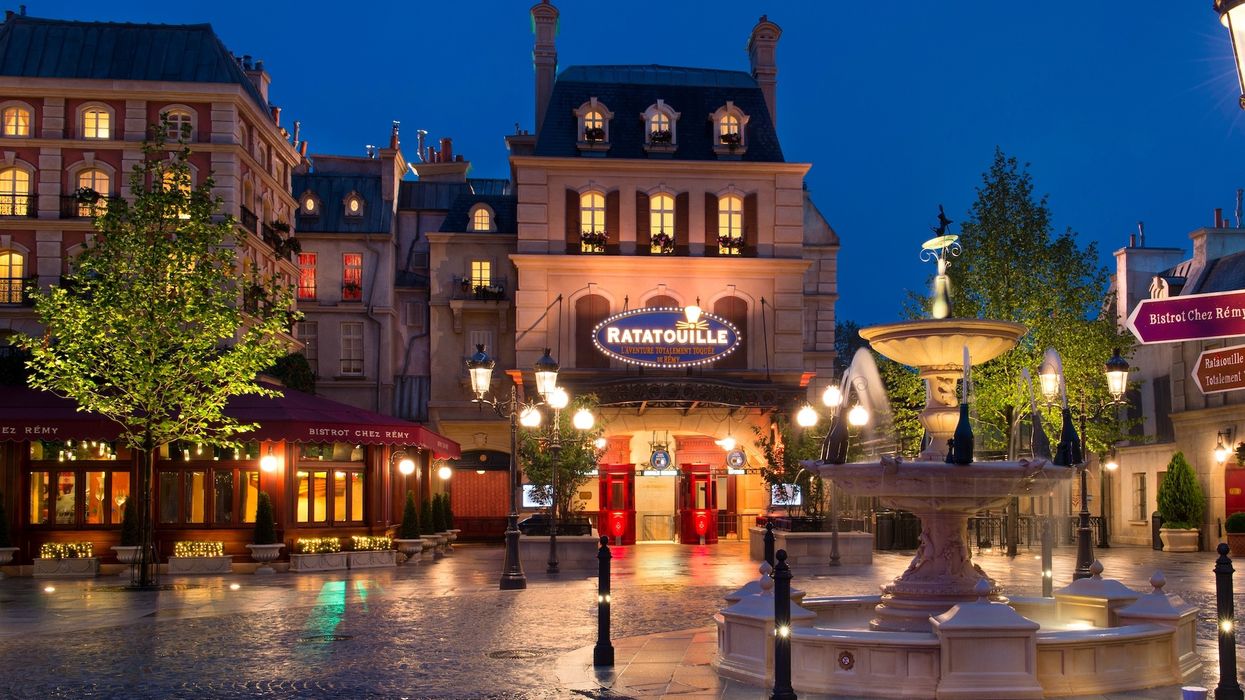
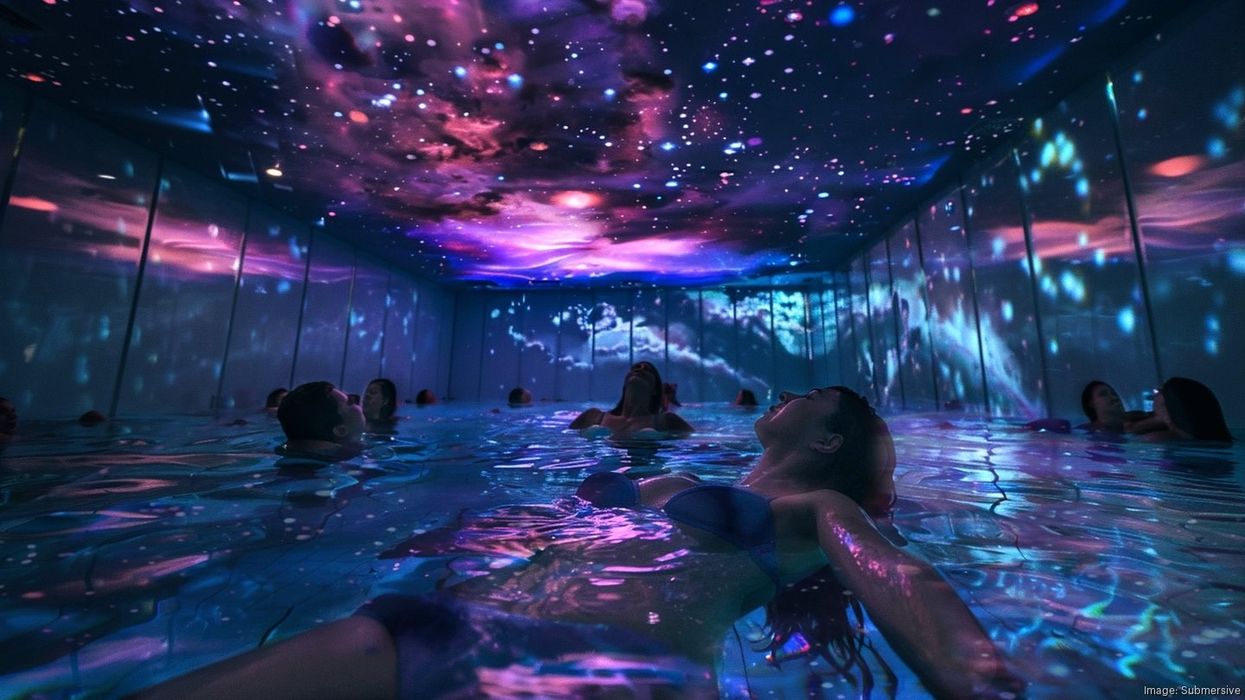
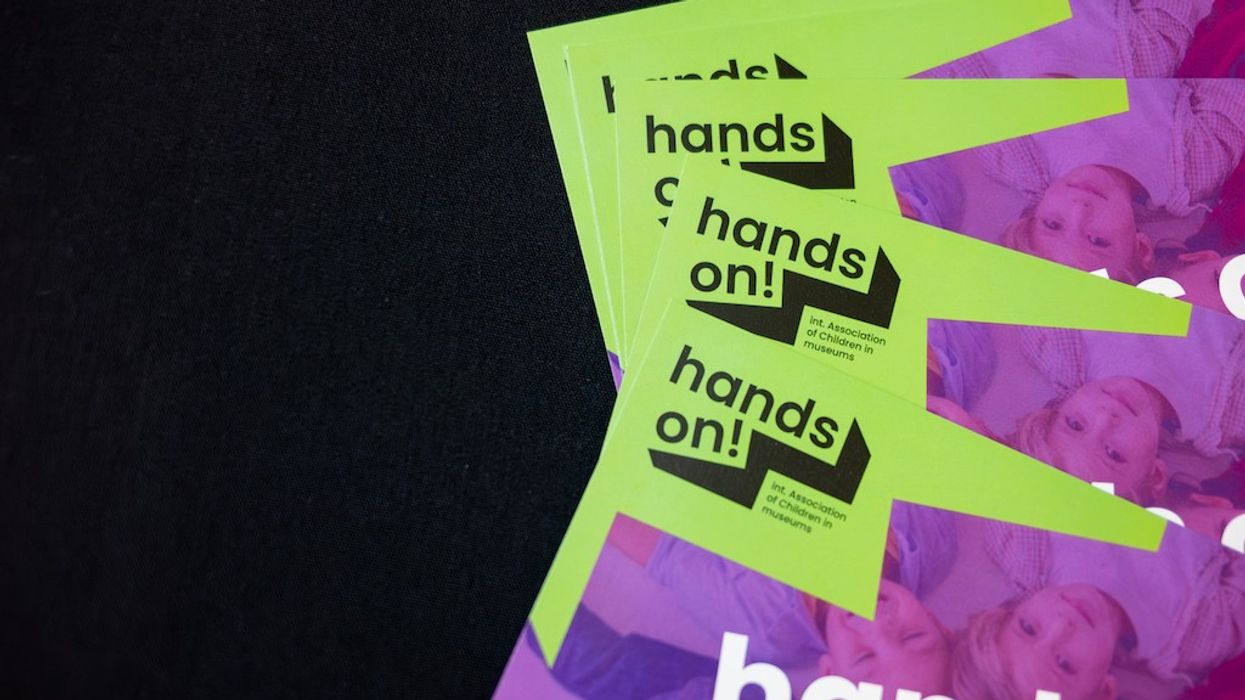
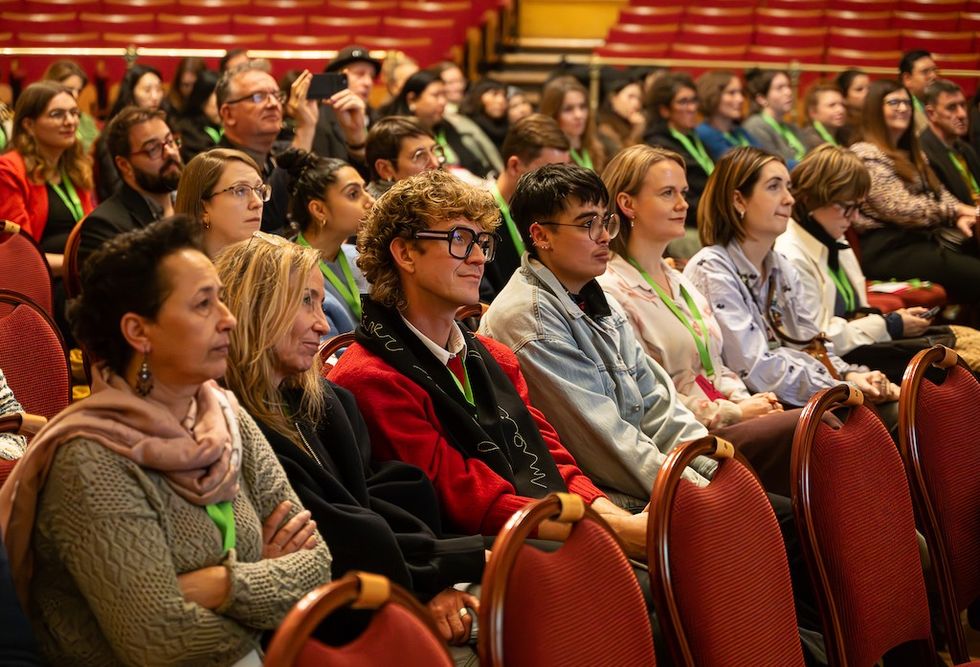
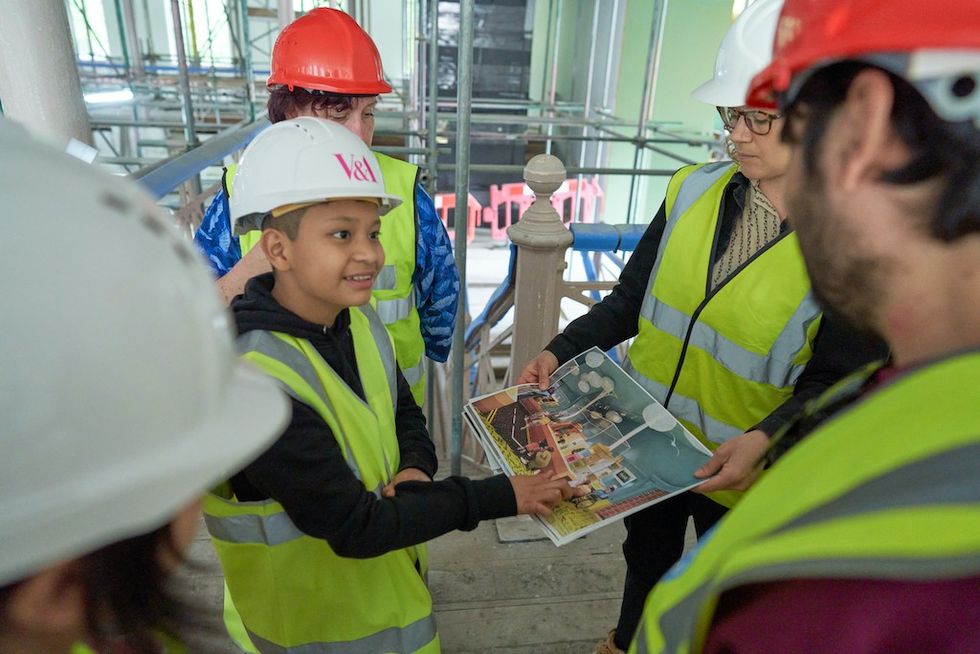 Young V&A Youth Collective members have a tour of the Young V&A construction site. Image courtesy of Young V&A.
Young V&A Youth Collective members have a tour of the Young V&A construction site. Image courtesy of Young V&A. 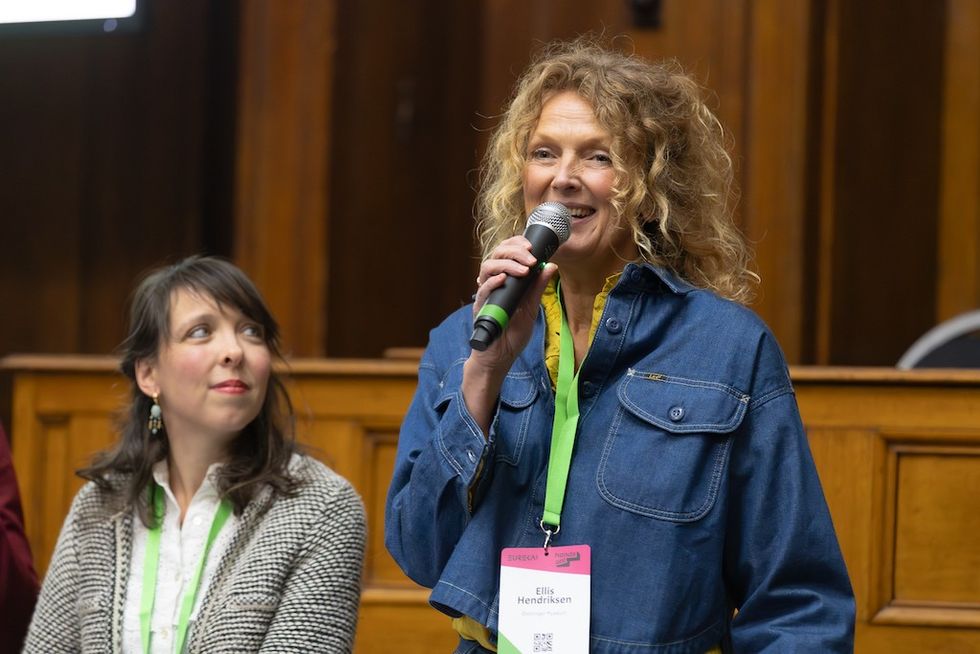 Floriane Perot and Ellis Hendriksen
Floriane Perot and Ellis Hendriksen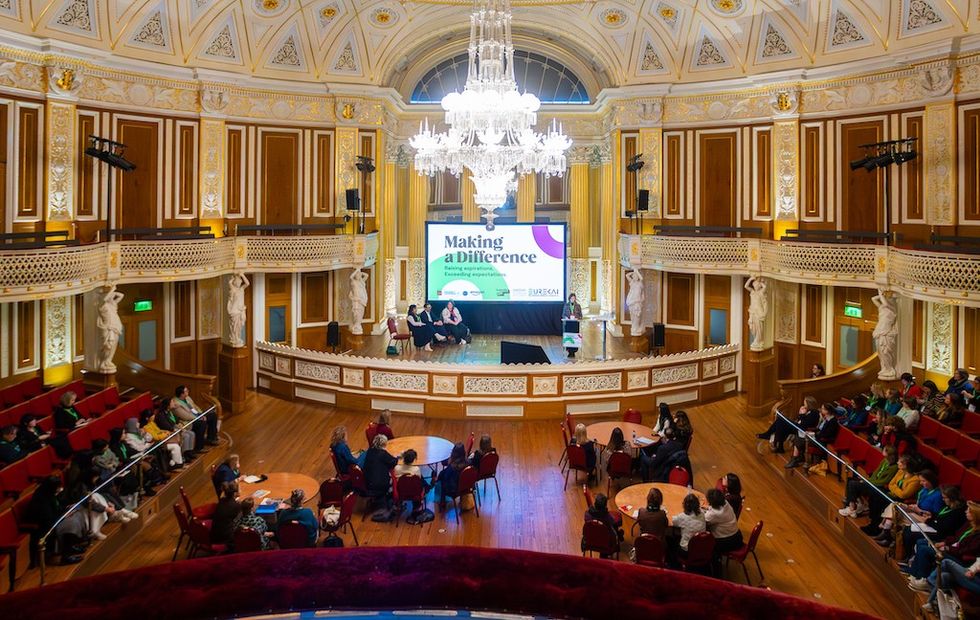
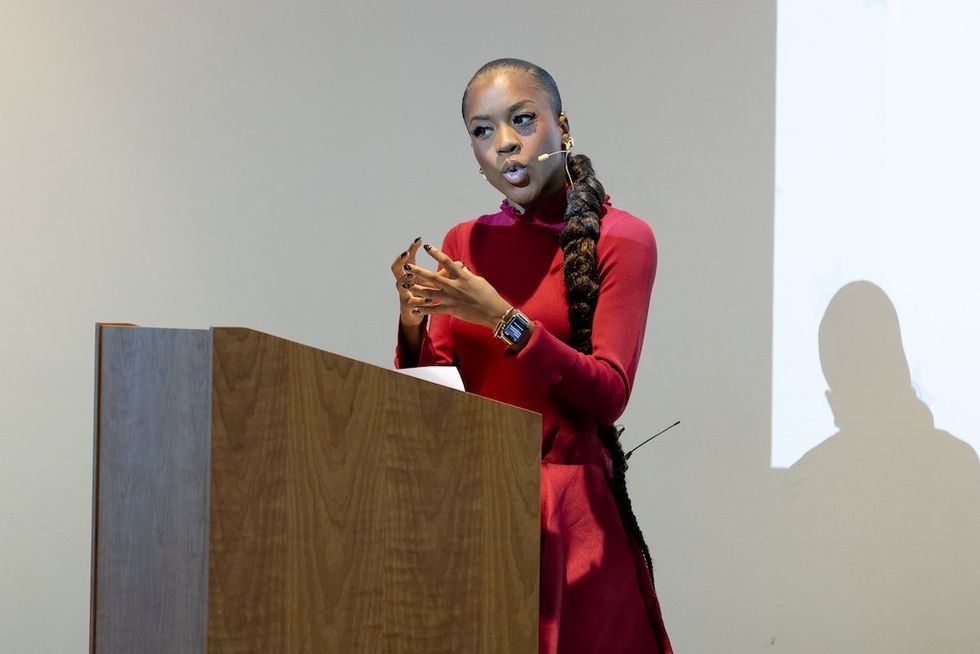 Amber Ogunsanya-William
Amber Ogunsanya-William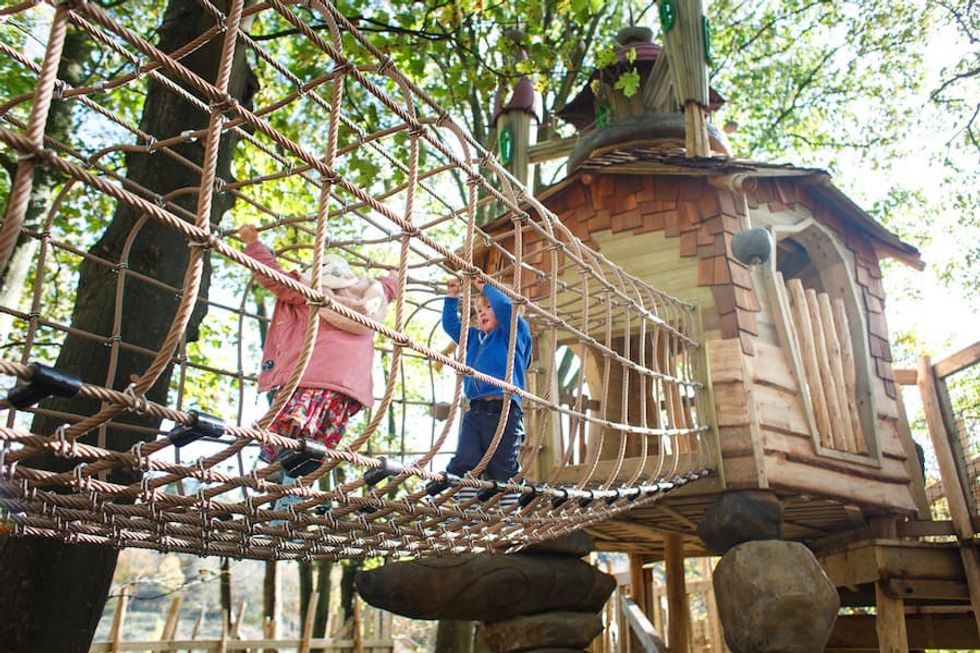 Tumblestone Hollow adventure playground by CAP.CO
Tumblestone Hollow adventure playground by CAP.CO  Ghaleya Al Mansoori
Ghaleya Al Mansoori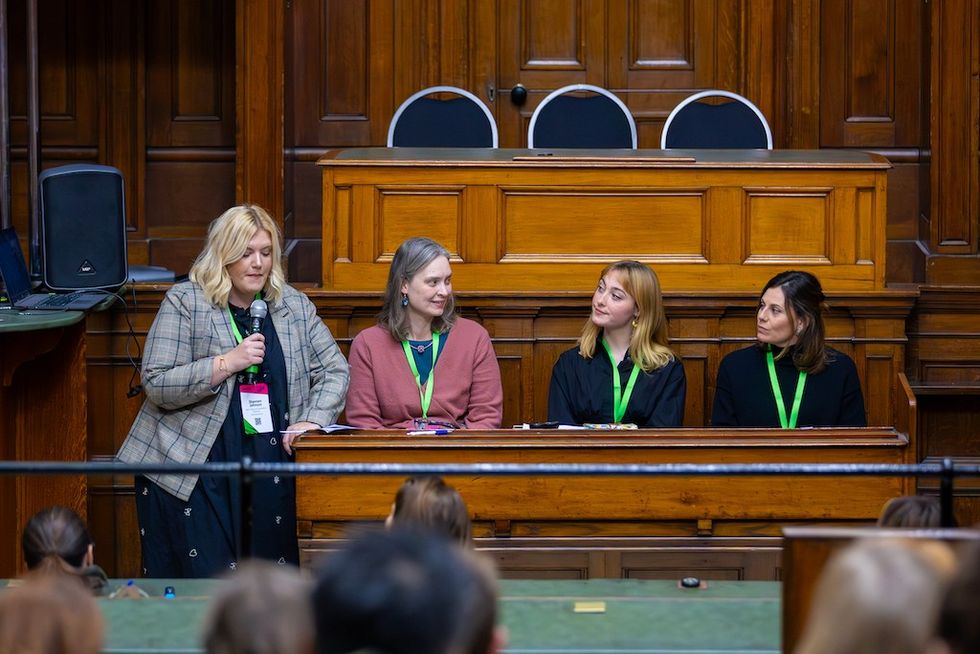
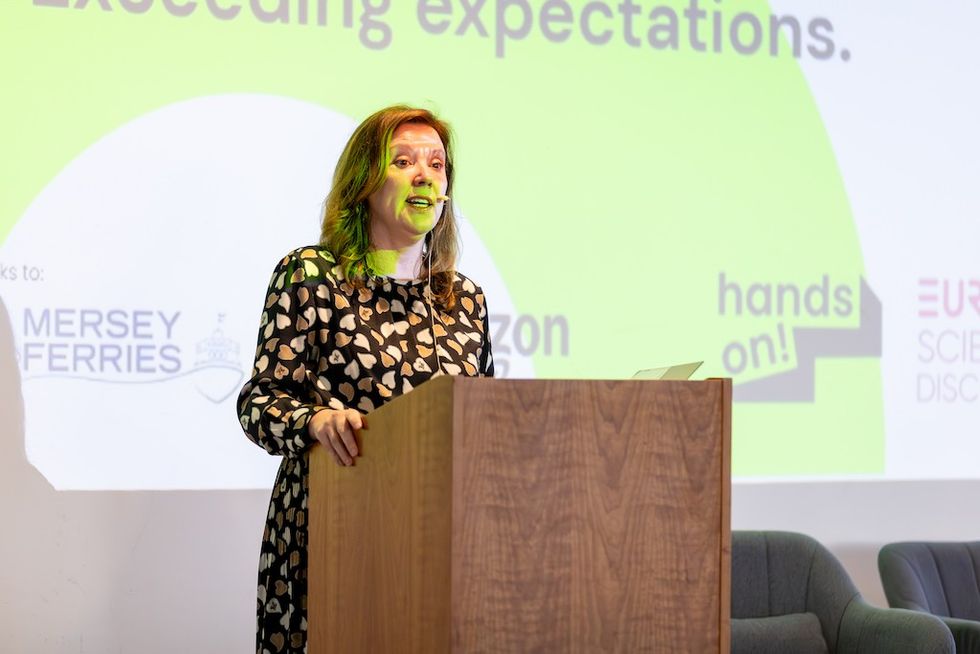 Dame Rachel de Souza
Dame Rachel de Souza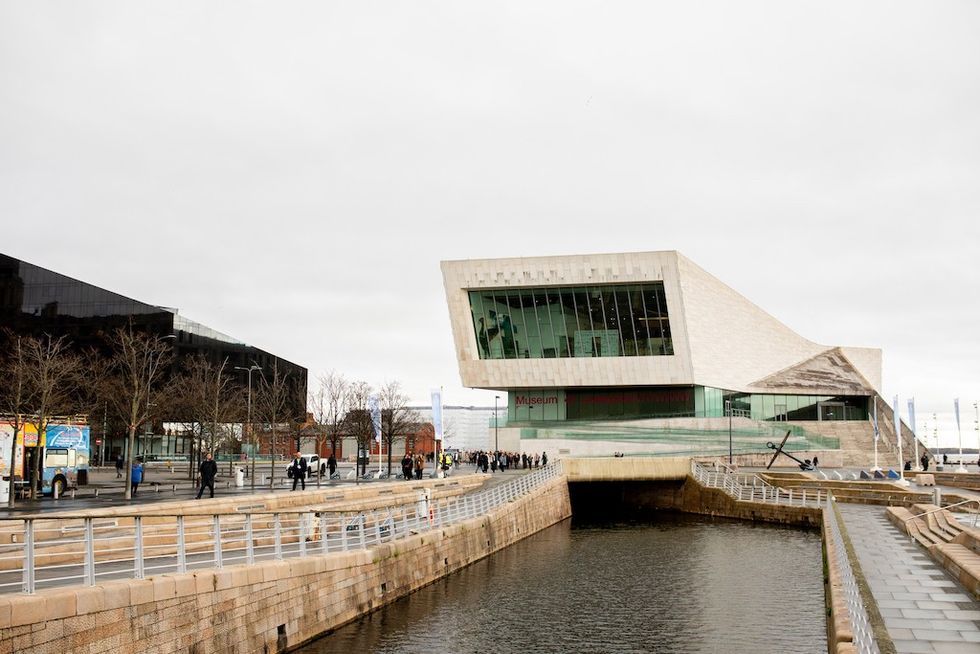 Liverpool Museum
Liverpool Museum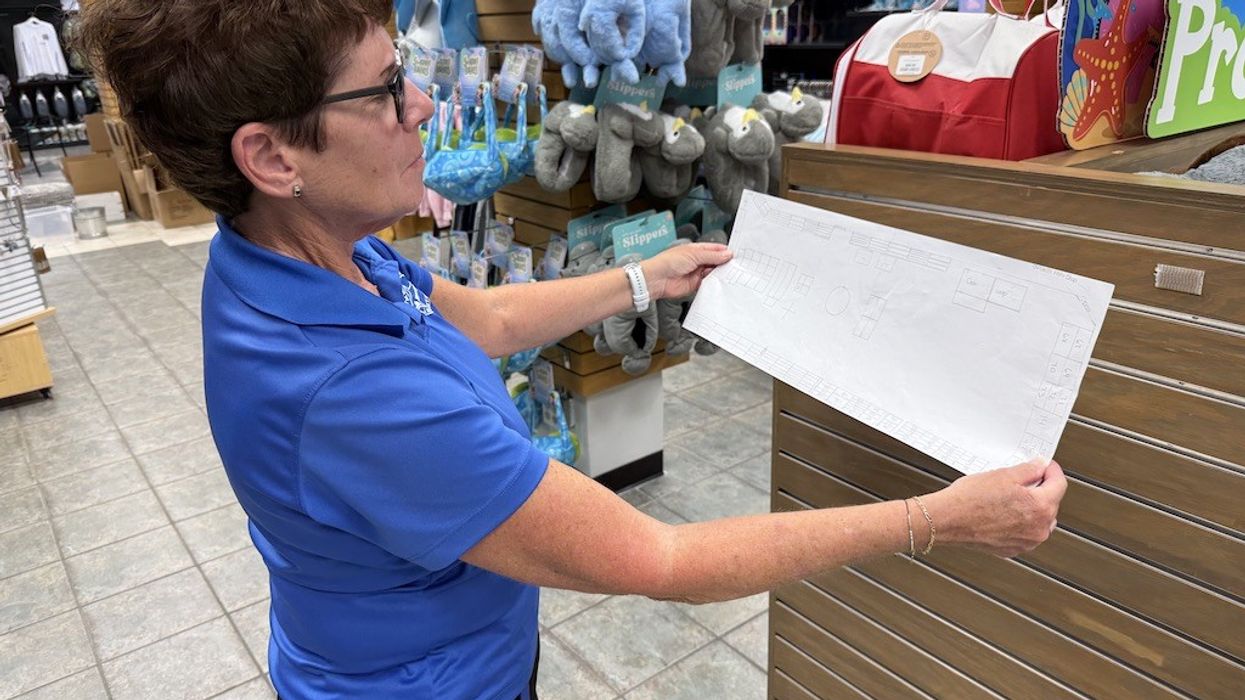
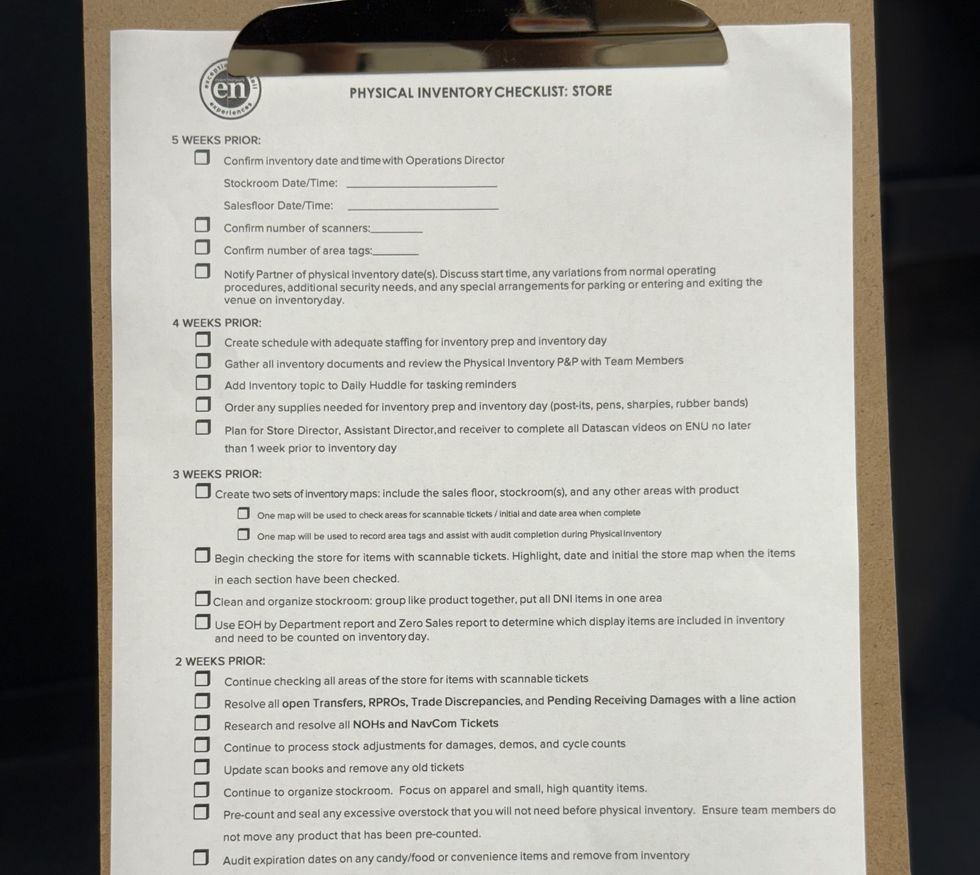
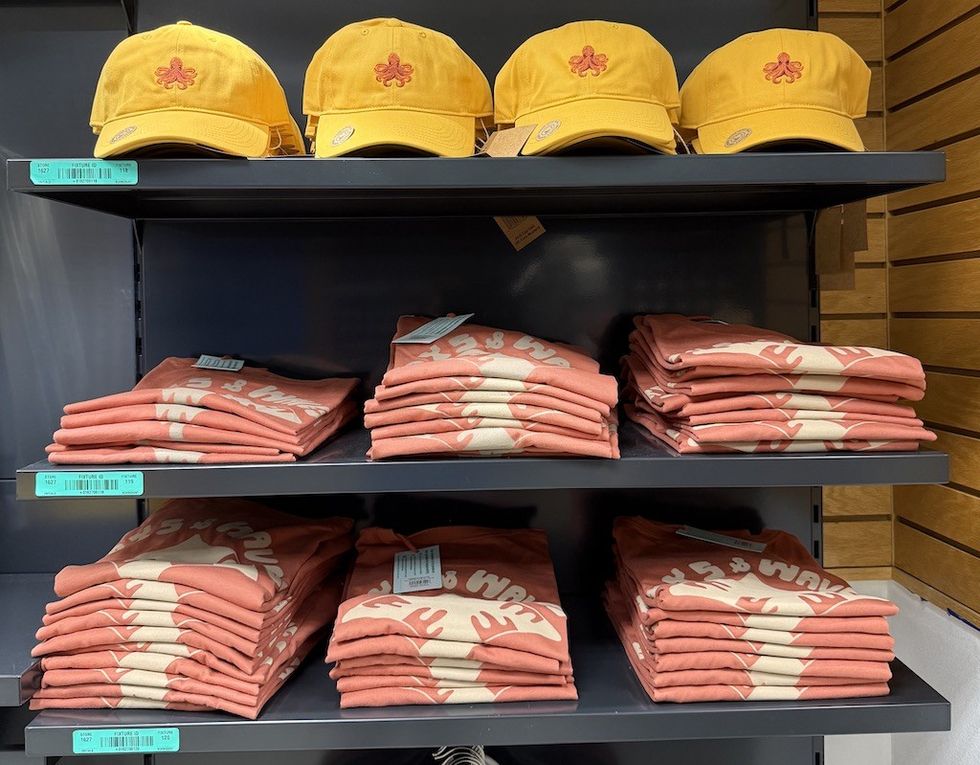
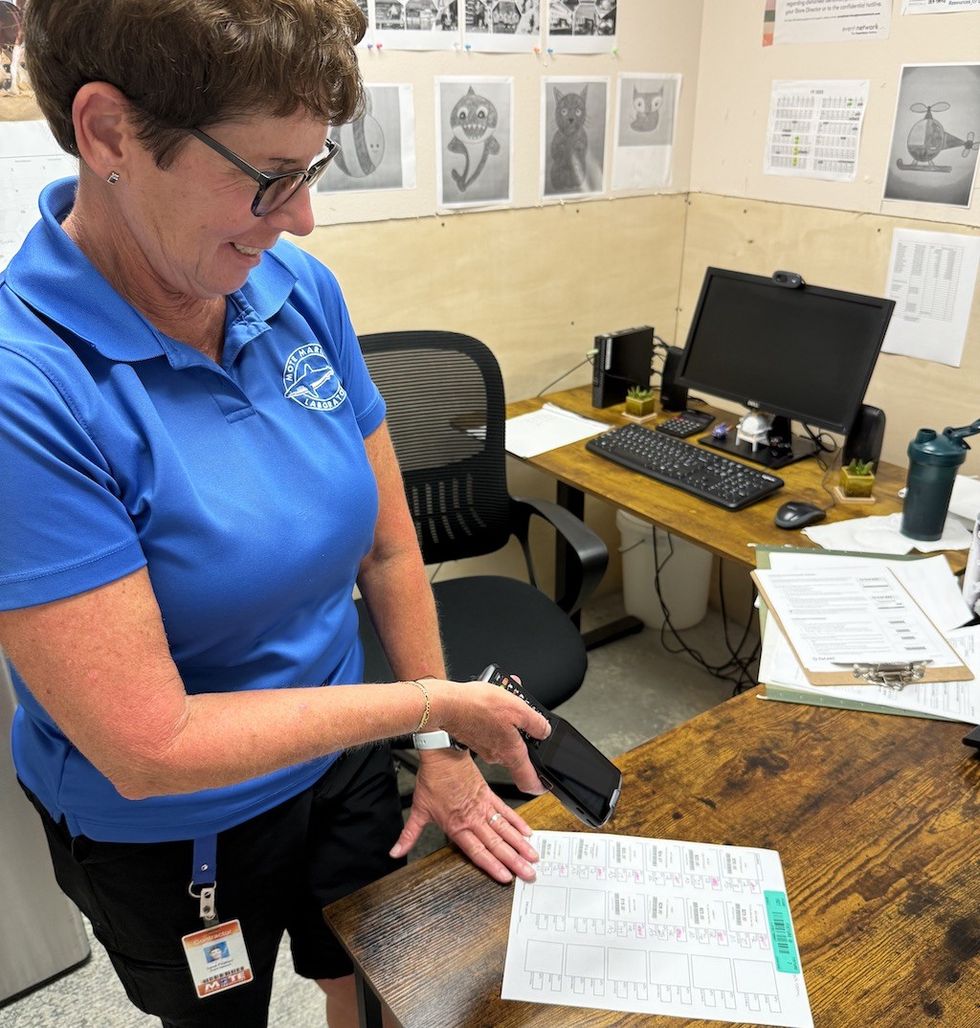


 Guests display a commemorative UN stamp sheet marking the 100th anniversary of the Palace Museum at the UN headquarters in New York, May 2025 (Xinhua)
Guests display a commemorative UN stamp sheet marking the 100th anniversary of the Palace Museum at the UN headquarters in New York, May 2025 (Xinhua)